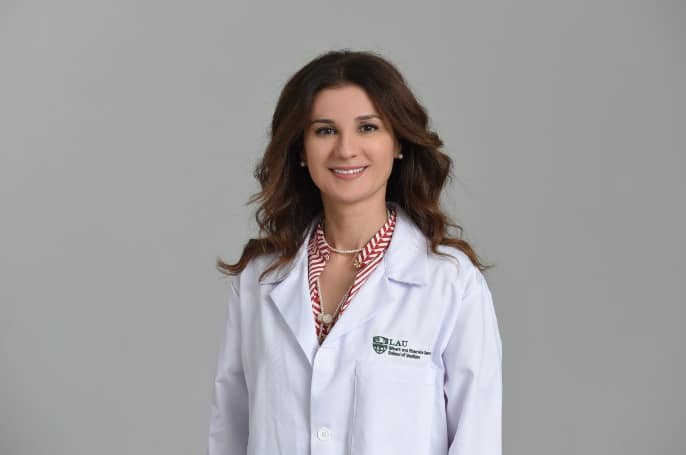With migraine as the fifth highest cause of years lost due to disability according to the WHO, approximately 38% of patients with migraine requiring preventative therapy but only 3% to 13% using it, and the limited effectiveness and significant adverse effects of currently available treatments—none of which are migraine-specific—a better understanding of disease pathophysiology to help guide future research on migraine management is needed, explains Sola Aoun Bahous MD, PhD, MHPE.
“Several mechanisms have been suggested to explain the condition and its linkage to other comorbidities, including generalized anxiety disorders, restless legs syndrome, chronic pain syndromes, and more serious cardiovascular diseases,” she adds, “but studies have failed to explain with certainty the increased cardiovascular risk and reasons behind augmented large arterial stiffness in patients with migraine. Vitamin K2 (menaquinone) is a fat-soluble vitamin that serves as an essential cofactor in the activation of matrix Gla protein (MGP) in the vascular smooth muscle cell, with Vitamin K deficiency resulting in impaired MGP carboxylation and, subsequently, an increased calcification effect. Circulating concentrations of dephosphorylated uncarboxylated MGP (dp-ucMGP) have been shown to be indicative of vitamin K deficiency and associated with the extent of vascular calcification, arterial stiffness, and development of cardiovascular events in specific populations.”
Exploring the Associations
For a study published in Headache, Dr. Aoun Bahous and colleagues hypothesized that patients with migraine have higher arterial stiffness and lower vitamin K2 levels than those without migraine, with a possible association between the two markers. The study team obtained health information from adults (89% women, mean age of 31.9 years) with migraine who were not on prophylactic therapy or any recent abortive therapy and without cardiovascular disease, hypertension, diabetes mellitus, Raynaud’s phenomenon, active cancer, or vasoactive drug use and age- and sex-matched healthy (without migraine) controls, all from a single outpatient clinic. “We performed physical examination, in addition to measurements of plasma dp-ucMGP (indicator of vitamin K2 status) and carotid-femoral pulse wave velocity (cfPWV), a measure of central (aortic) arterial stiffness and the gold standard non-invasive and reproducible technique for arterial stiffness measurement,” adds Dr. Aoun Bahous.
When compared with controls, patients with migraine had significantly higher arterial stiffness and increased levels of serum dp-ucMGP, reflecting vitamin K2 deficiency (Figure). “Although cfPWV was increased in patients with migraine when compared with controls, irrespective of aura status, this increase was independently associated with higher plasma dp-ucMGP levels only in the migraine with aura group after controlling for other variables,” Dr. Aoun Bahous explains. “In particular, there was a cfPWV increase of approximately 0.18 m/s for every 100 pmol/L increase in dp-ucMGP. These results concur with prior research findings that the presence of aura amplifies cardiovascular risk when compared with both patients with migraine without aura and controls.”
Looking Ahead
Dr. Bahous notes the need to direct the focus of research in the field of migraine headache toward examining the effect of vitamin K2 supplementation on migraine frequency, arterial stiffness and cardiovascular outcome in patients with migraine. “Our study presents a plausible hypothesis that vitamin K2 deficiency in patients with migraine with aura may contribute to the increased cardiovascular risk observed in this patient population,” she says. “Furthermore, patients with migraine in general have more vitamin K2 deficiency than their matched controls. Whether supplementation with vitamin K2 confers cardiovascular protection or reduces migraine episodes remains to be explored; nonetheless, discussing this potential relationship with patients with migraine may guide their dietary habits toward improving vitamin K2 status.”


 Rebecca Shover
Rebecca Shover